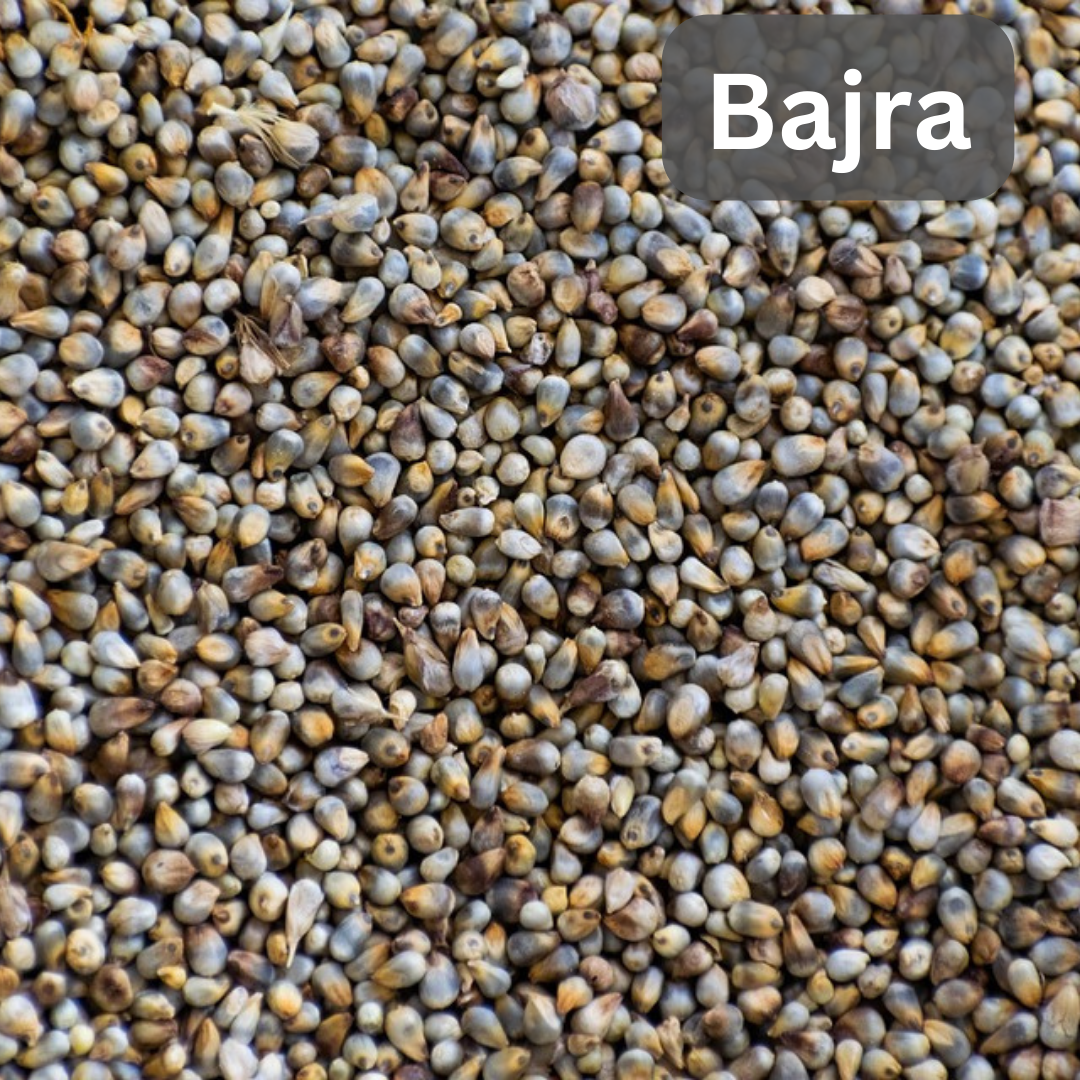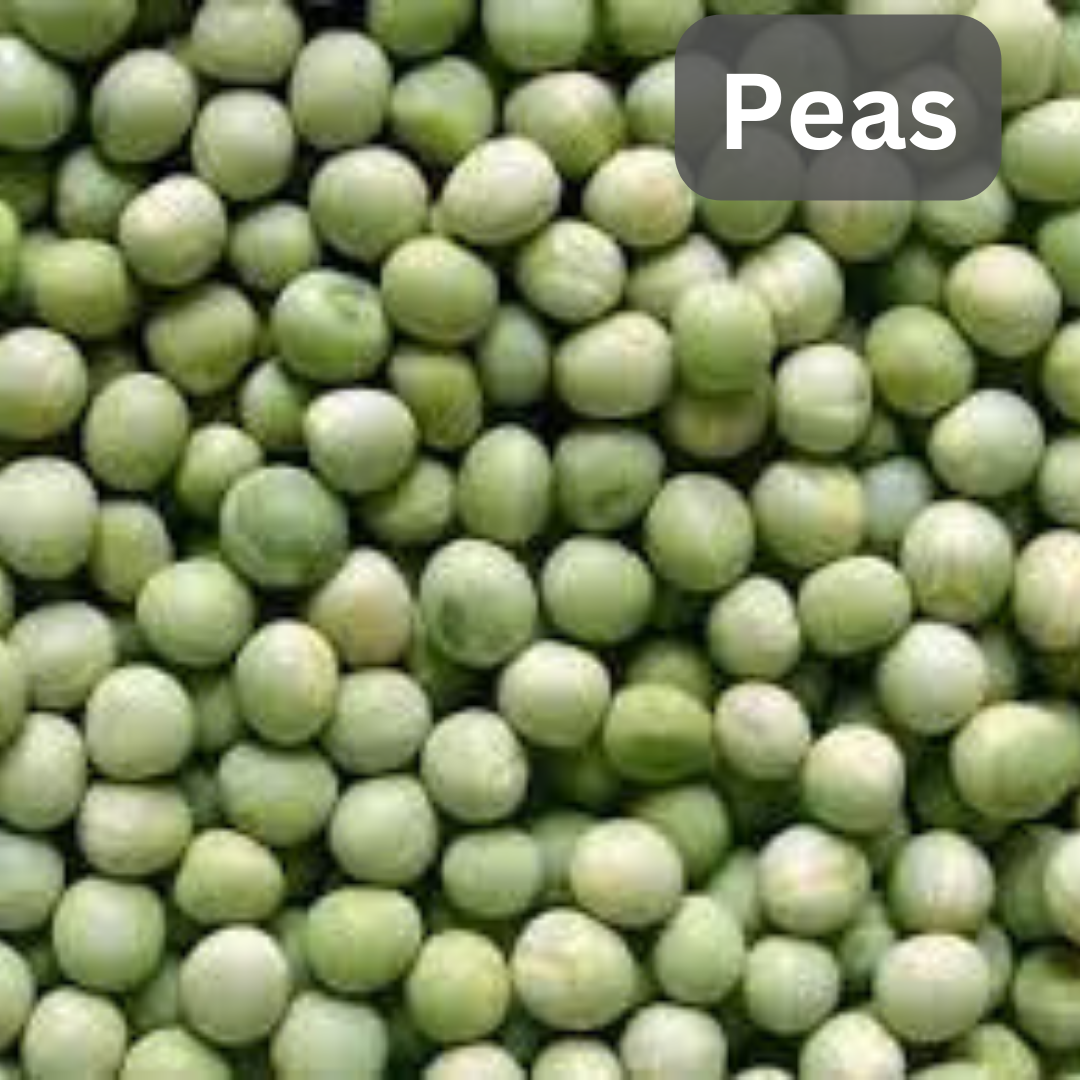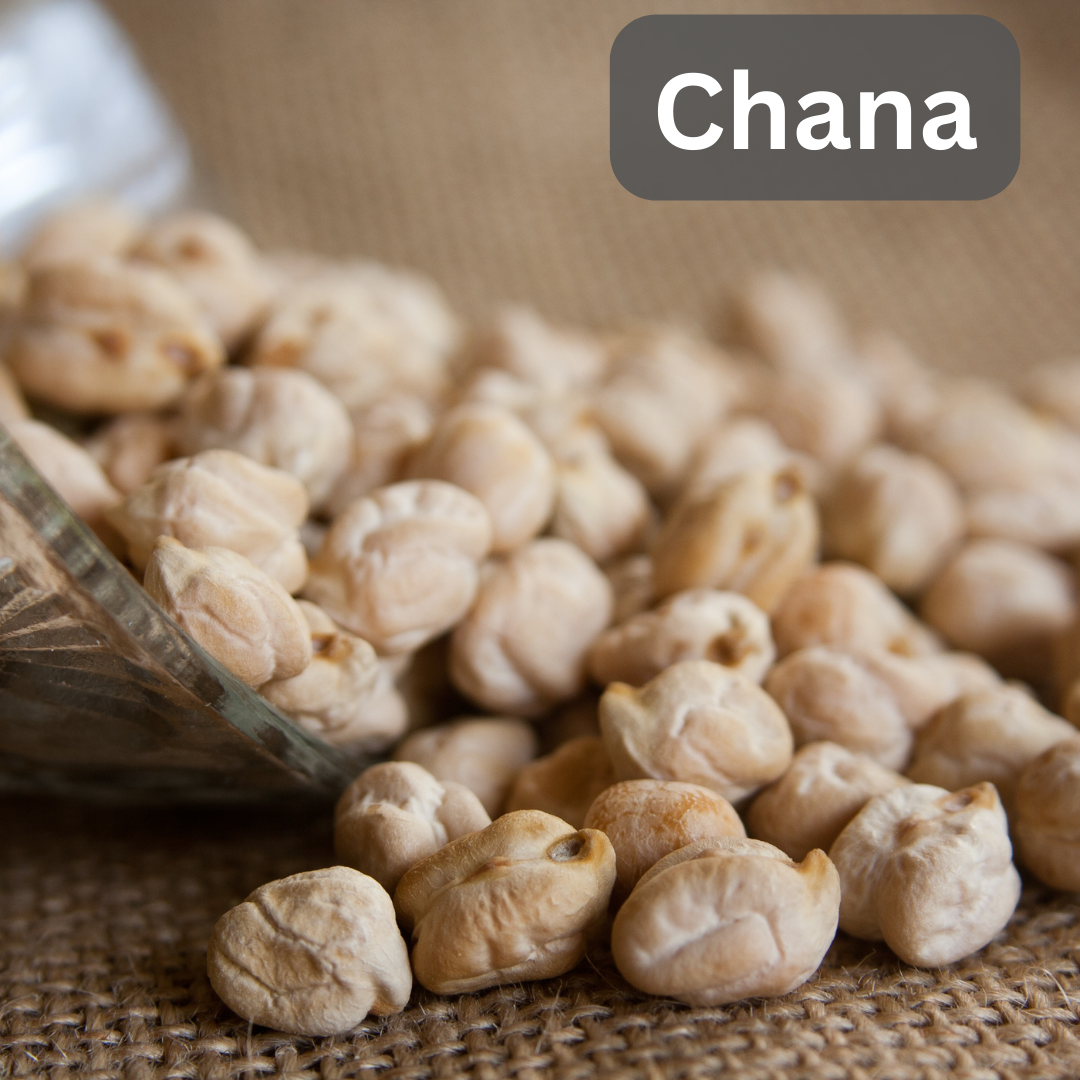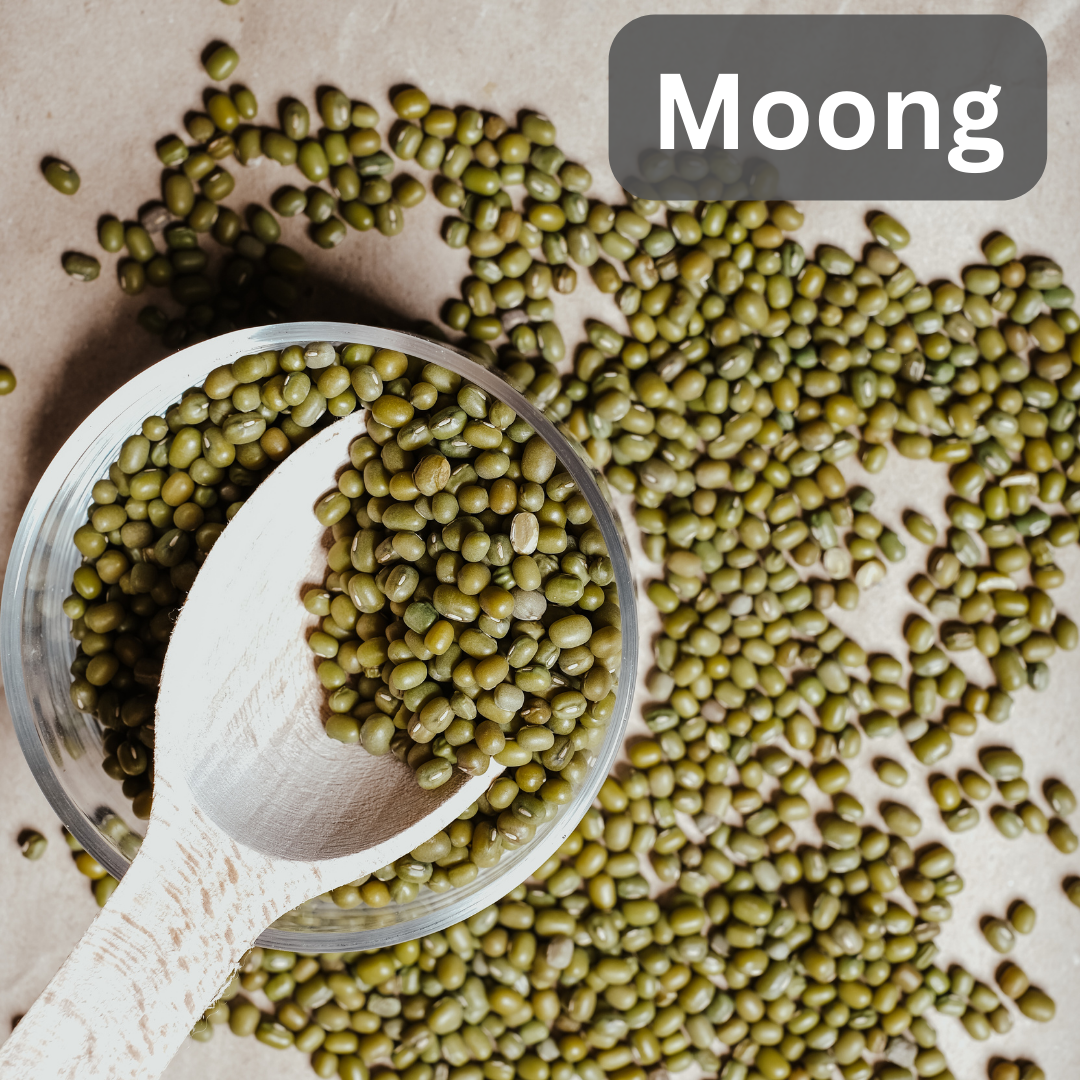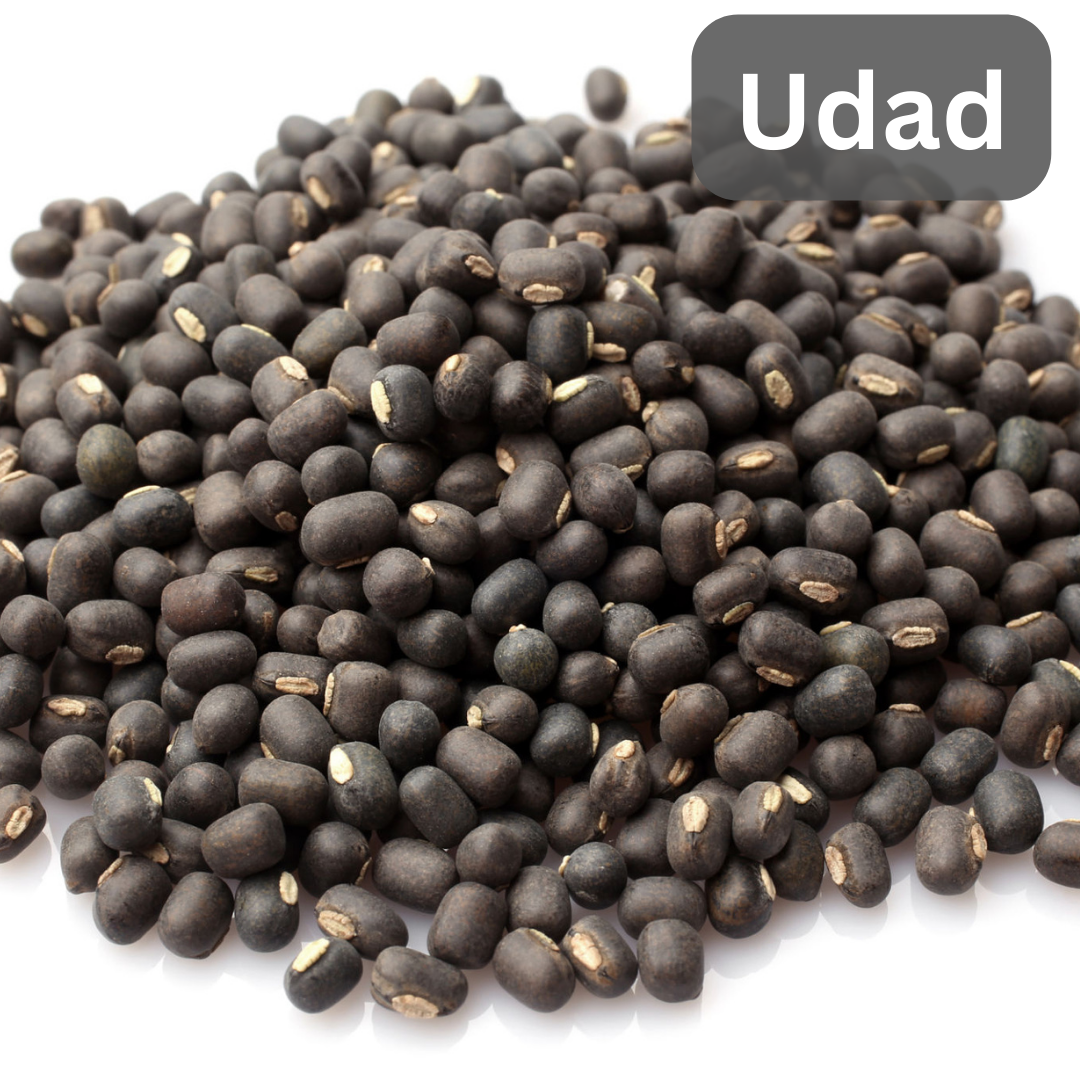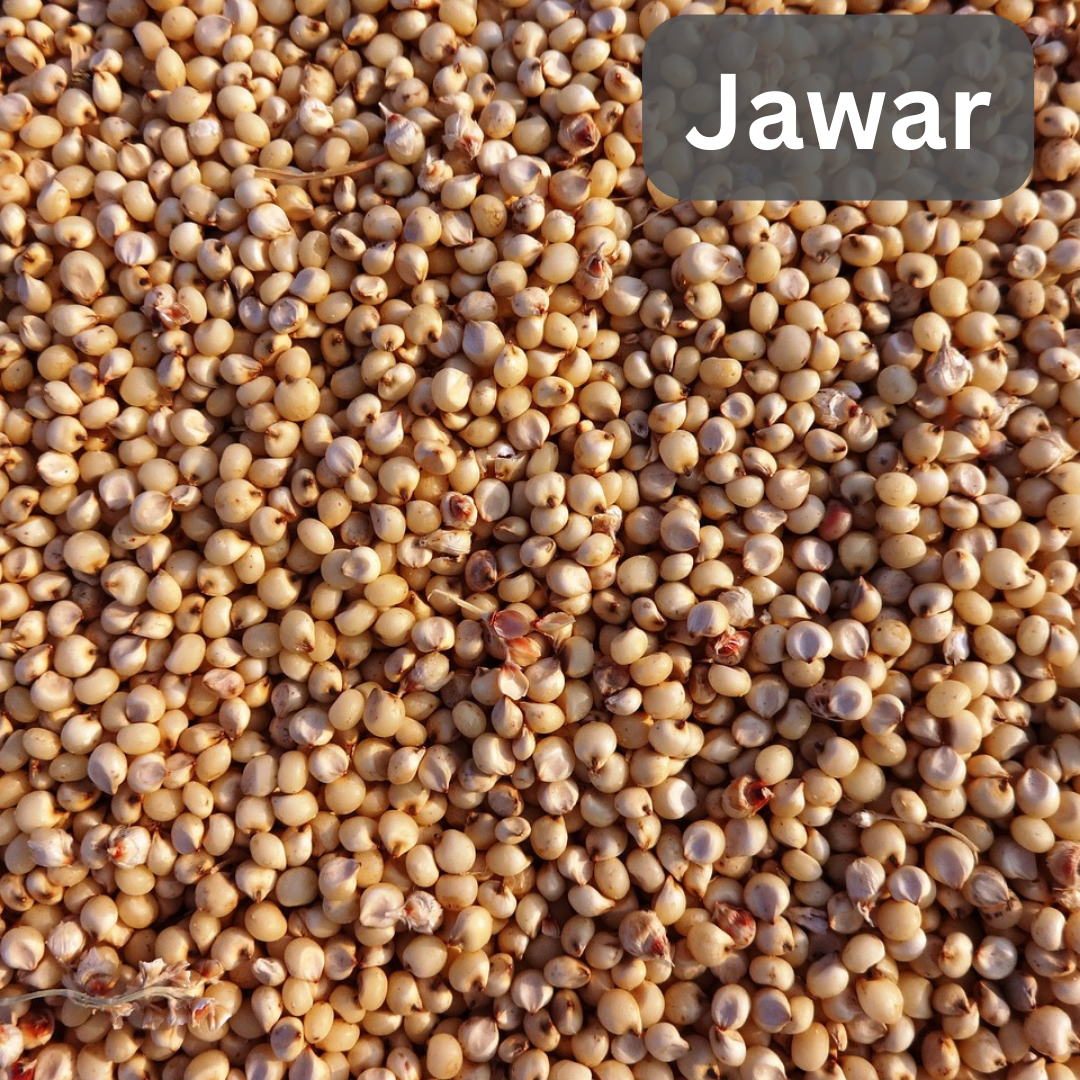Bajra: Quality, Uses, and Factors Affecting Them
Bajra, also known as pearl millet, is a resilient and
nutritious cereal grain widely cultivated in arid and semi-arid regions across
the world. Understanding its quality, uses, and the factors affecting them is
crucial for optimizing its utilization and value.
Quality: The quality of bajra is determined by
several factors, including:
- Color
and Size: High-quality bajra grains typically exhibit a uniform, light
tan to grayish color and are relatively uniform in size.
- Purity:
The presence of foreign matter, such as dirt, debris, or other grains, can
affect bajra quality. Pure bajra grains are free from such contaminants.
- Moisture
Content: Bajra grains should be harvested and stored at appropriate
moisture levels to prevent mold growth and spoilage.
- Nutritional
Composition: Bajra is valued for its nutritional content, which
includes high levels of protein, dietary fiber, vitamins, and minerals.
Uses: Bajra has a wide range of uses, including:
- Human
Consumption: In many regions, bajra is a staple food, consumed in
various forms such as whole grains, flour, porridge, and flatbreads. It is
particularly popular in regions where other cereal grains may not thrive
due to harsh growing conditions.
- Animal
Feed: Bajra is also utilized as feed for livestock and poultry due to
its high nutritional value and digestibility. It can be included in feed
formulations for cattle, sheep, goats, and poultry to enhance their diet.
- Industrial
Applications: Bajra grains and by-products are used in various
industrial processes, including ethanol production, starch extraction, and
fermentation for the production of alcoholic beverages.
Factors Affecting Quality: Several factors can affect
the quality of bajra:
- Growing
Conditions: Bajra thrives in warm, arid climates with well-drained
soil. Adequate rainfall or irrigation is essential for optimal growth and
grain development.
- Pest
and Disease Management: Effective pest and disease management
practices are crucial for preventing yield losses and maintaining grain
quality.
- Harvesting
and Post-Harvest Handling: Bajra should be harvested at the proper
stage of maturity to ensure grain quality. Careful post-harvest handling,
including drying and storage, is essential for preserving grain quality
and preventing spoilage.
In conclusion, bajra is a versatile and nutritious cereal
grain with diverse uses across food, feed, and industrial sectors.
Understanding the factors affecting bajra quality and implementing appropriate
management practices are essential for maximizing its value and utilization.
